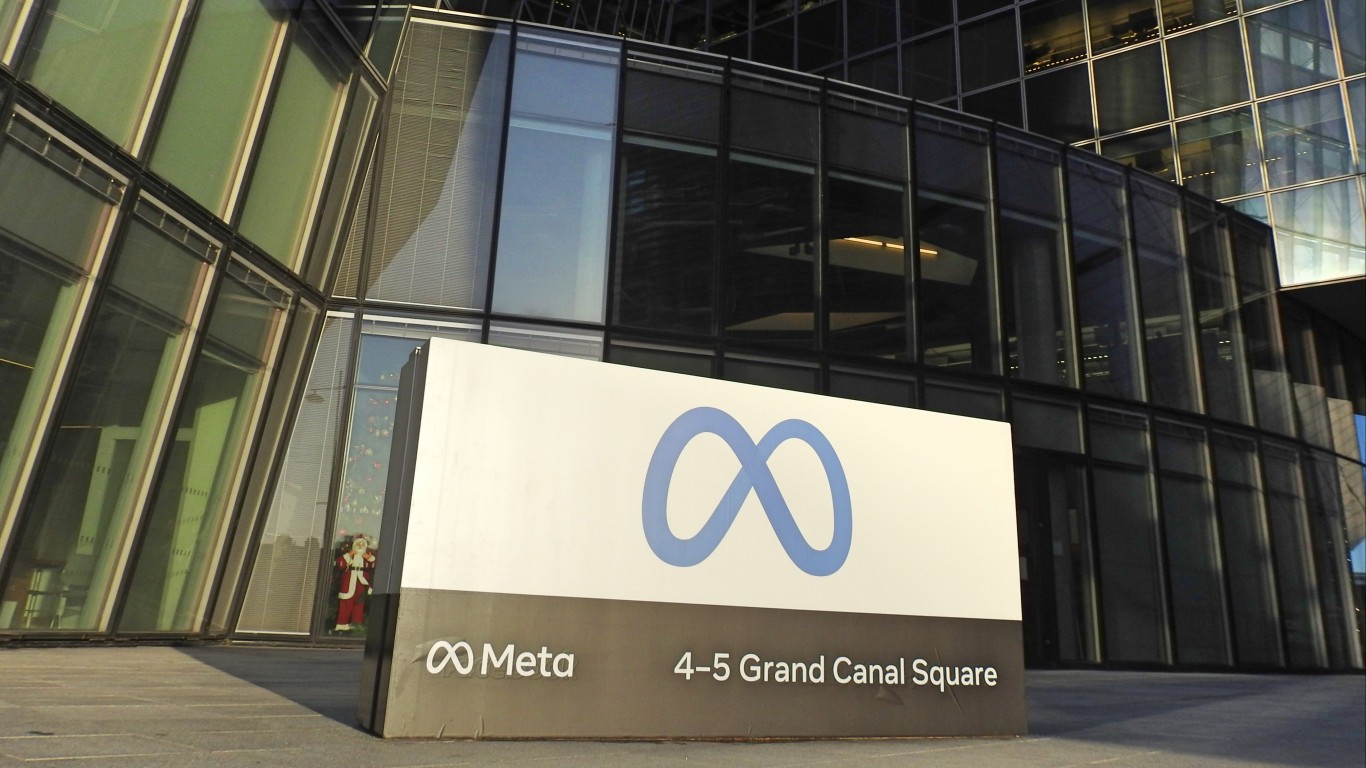Pump prices have reached an all-time high for this time of year — $3.53/gallon — and seem to be inexorably on a path to $4/gallon or even more. The rise is worst in California, where prices already have topped $3.97/gallon in most areas of the state. In some of the Rocky Mountain states, gasoline remains below $3.13/gallon.
The quick rise, since the beginning of January, in the price of Brent crude is the culprit. Brent futures this morning are right around $120/barrel, with WTI priced at around $105/barrel. The WTI price reflects the cost of a barrel of domestically-produced crude, while Brent is international benchmark. Brent crude is imported to the East and Gulf Coasts of the US, and has been setting the price for gasoline since early last year when Brent became more expensive than WTI.
The story is rather simple. Here’s how Professor James Hamilton of UC- San Diego summarizes it:
That price differential is a very loud market signal that we’re using available resources extremely inefficiently, and impoverishing ourselves in the process of paying so much to import oil from places like Nigeria, Iraq, Saudi Arabia, and Venezuela. That market signal is also a strong incentive to anybody to try to figure out a way to transport the lower-cost crude now available in the northern and central United States to refiners on the U.S. coasts, who are currently paying inflated prices to obtain oil from overseas.
To lower pump prices, Hamilton says that the US needs crude pipeline transportation from the domestic and Canadian fields of the north to the refineries along the coasts. The Keystone XL pipeline, which has been killed by President Obama, is one such pipeline. The reversal of the Seaway pipeline, set for completion in the second quarter, will add 150,000 barrels/day to Gulf Coast supplies of WTI. Another proposed pipeline, the Flanagan South, would transport crude from near Chicago to Cushing, where it could be sent on to the Gulf Coast. A portion of the Keystone XL, from Cushing to Texas, could also be built.
If nothing is done to get cheaper WTI to the country’s largest concentration of refineries, WTI prices could rise to Brent levels and gasoline prices will be even higher. The trick will be to push Brent prices down toward WTI levels, which was happening late in 2010 and early 2011. Since then, however, the spread has been growing again.
Unfortunately for drivers, pipeline construction takes time, and the political situation in the Middle East could continue for an extended period of time, keeping prices high and rising. As we’ve already noted this morning, commodity trading house Vitol thinks that Brent could rise to $150 and stay there. Pump prices will fly past $4/gallon if that happens. The strain on the US economy will be severe.
Paul Ausick
Thank you for reading! Have some feedback for us?
Contact the 24/7 Wall St. editorial team.



